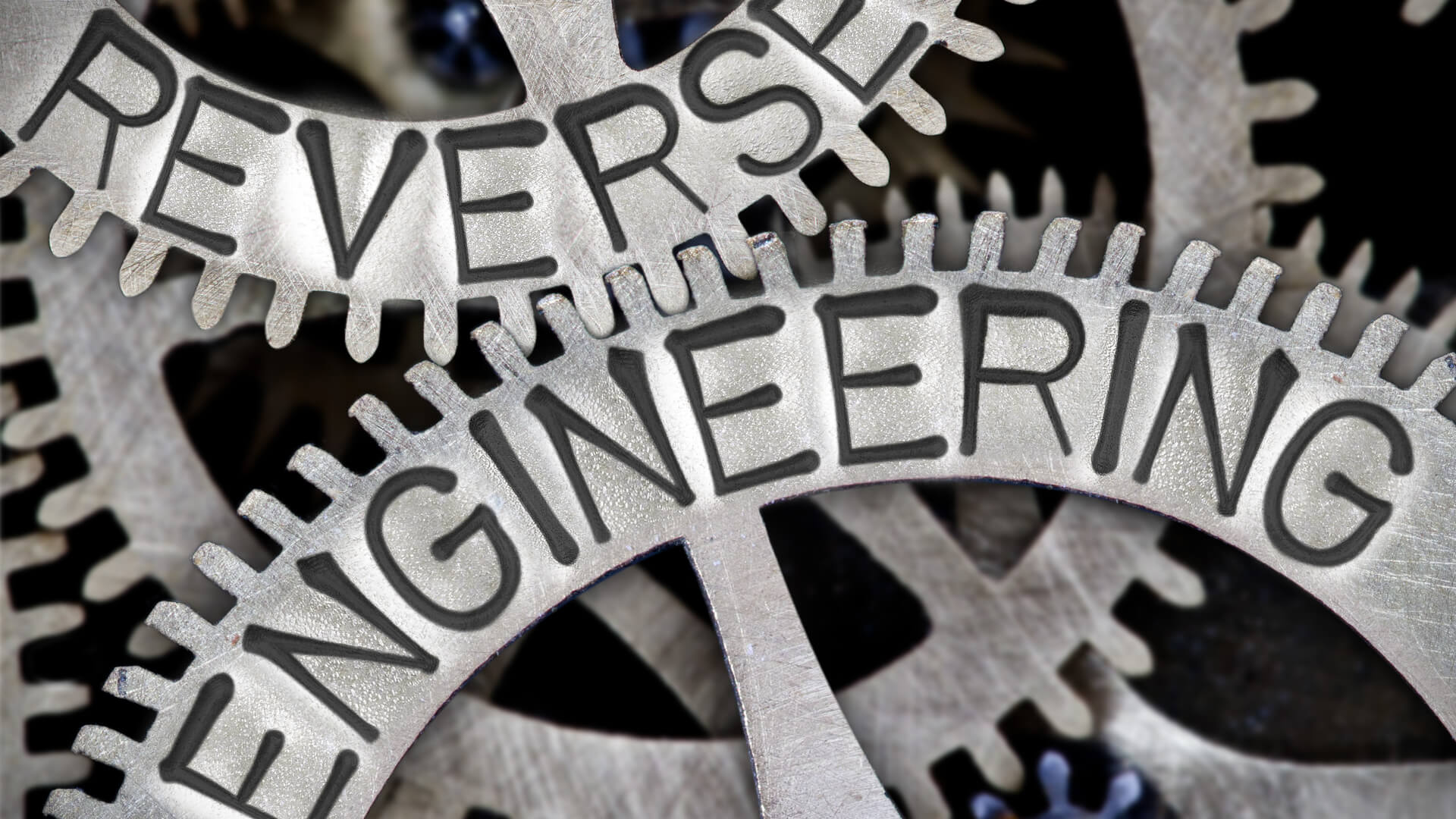Reverse PCB

Reverse PCB designing, also known as reverse engineering of printed circuit boards (PCBs), involves analyzing and recreating the schematic diagram and layout of an existing PCB. This process is often undertaken when the original design documentation is unavailable or incomplete. Here are some key aspects to consider when creating content for reverse PCB designing:
- Wireless Communication Technologies:
- Development of advanced wireless communication standards (e.g., 5G, 6G) and protocols.
- Design and optimization of antenna systems for improved wireless connectivity. Investigation of millimeter-wave communication and its applications.
- Exploration of massive MIMO (Multiple-Input Multiple-Output) techniques for enhanced capacity and coverage.
- Internet of Things (IoT) and Embedded Systems:
- Development of low-power and energy-efficient IoT devices and networks.
- Security and privacy solutions for IoT systems and networks.
- Integration of IoT devices with cloud computing and edge computing infrastructures.
- EDesign of real-time embedded systems for critical applications.
- High-Speed Data Transmission and Optical Communication:
- Investigation of advanced modulation techniques for high-speed data transmission.
- Design of optical communication systems for long-haul and ultra-long-haul networks.
- Development of high-capacity optical fibers and components.
- Exploration of photonic integration for improved optical communication systems.